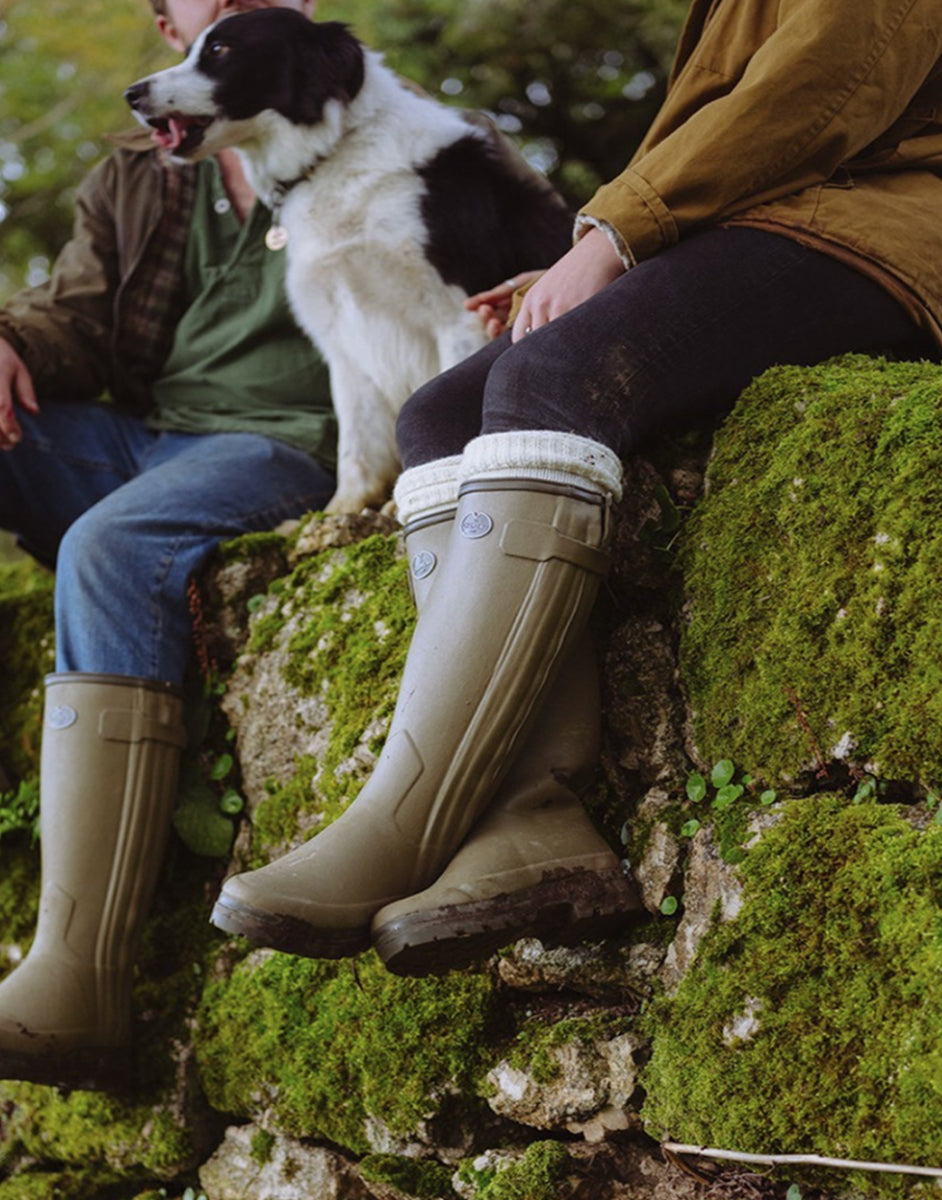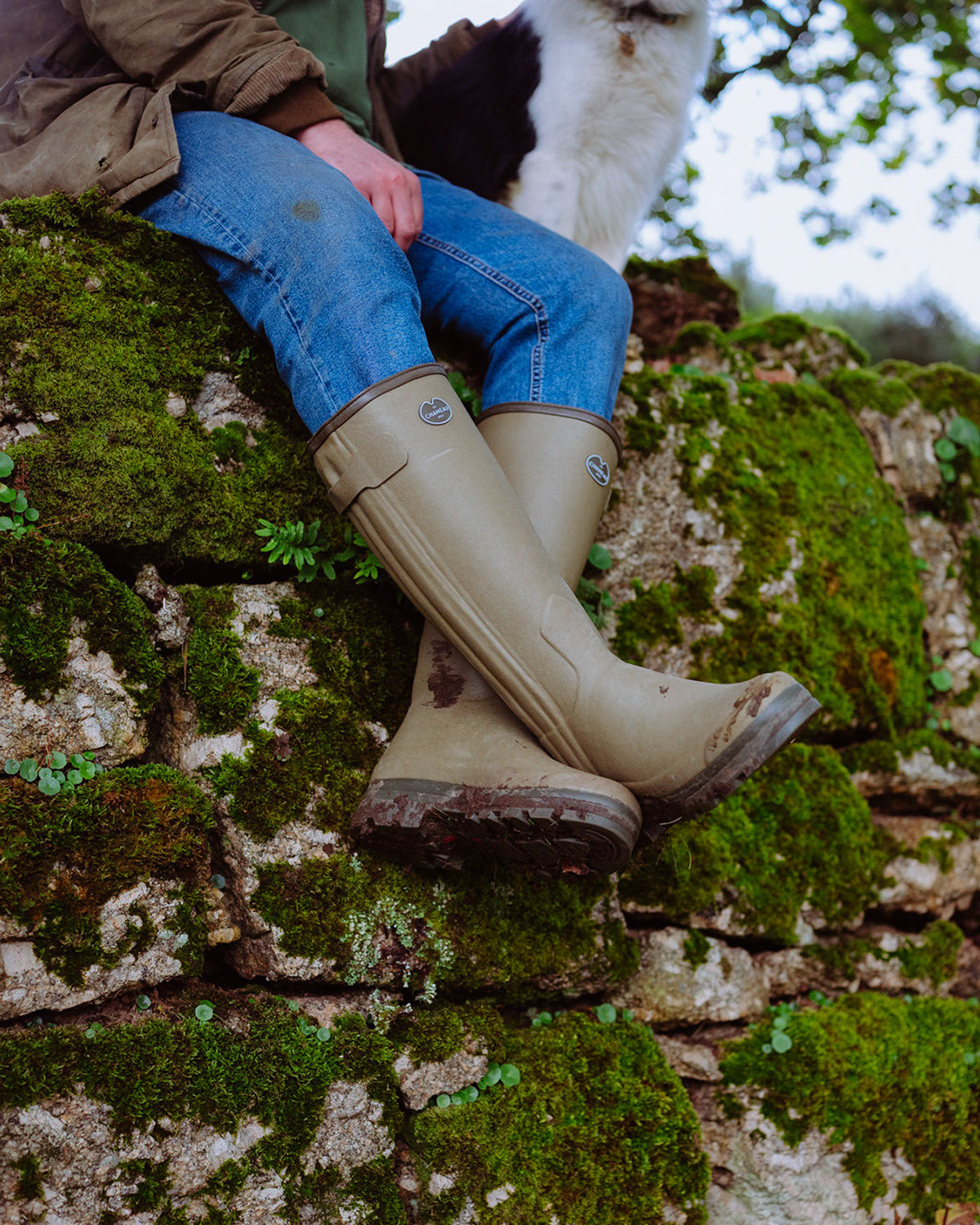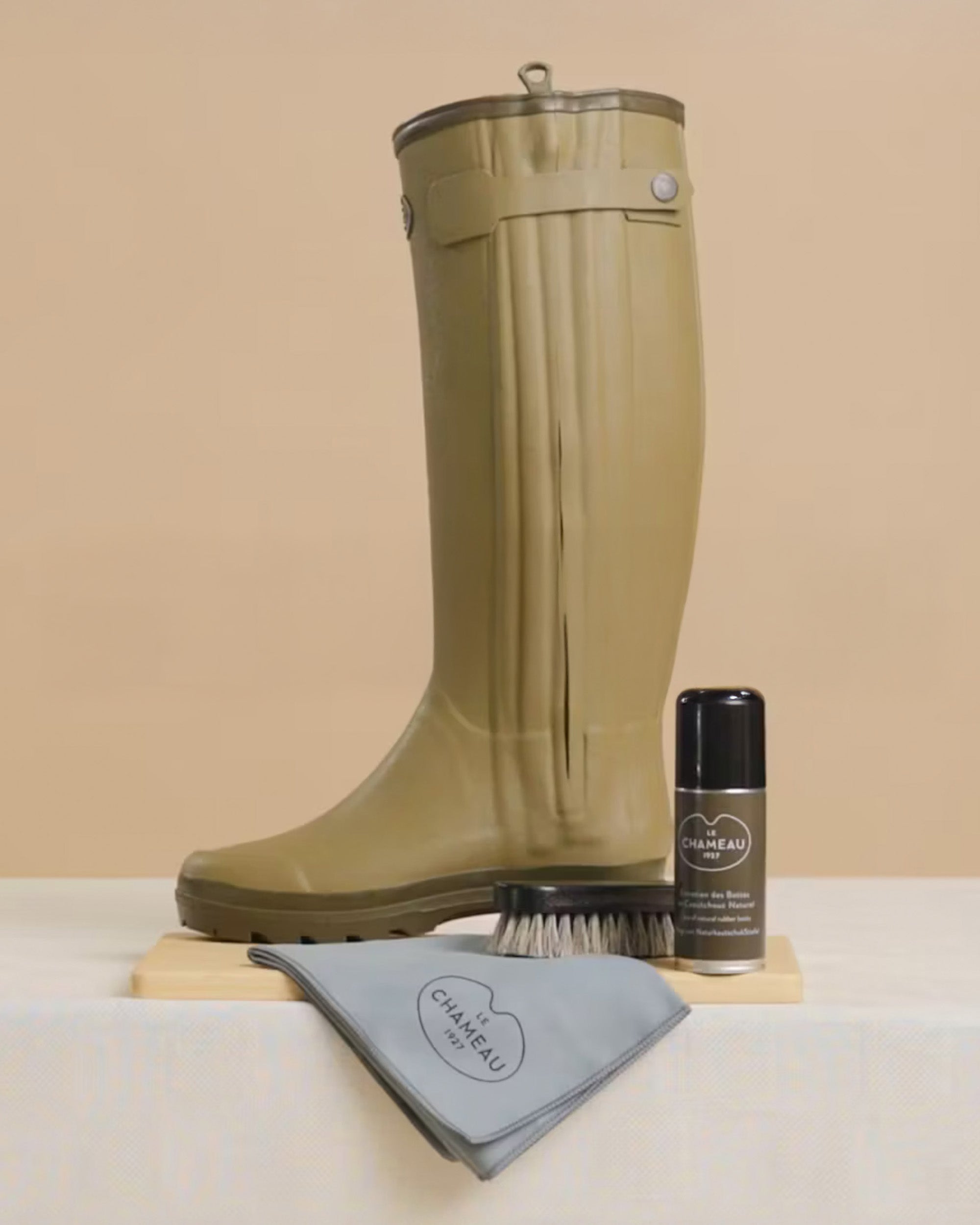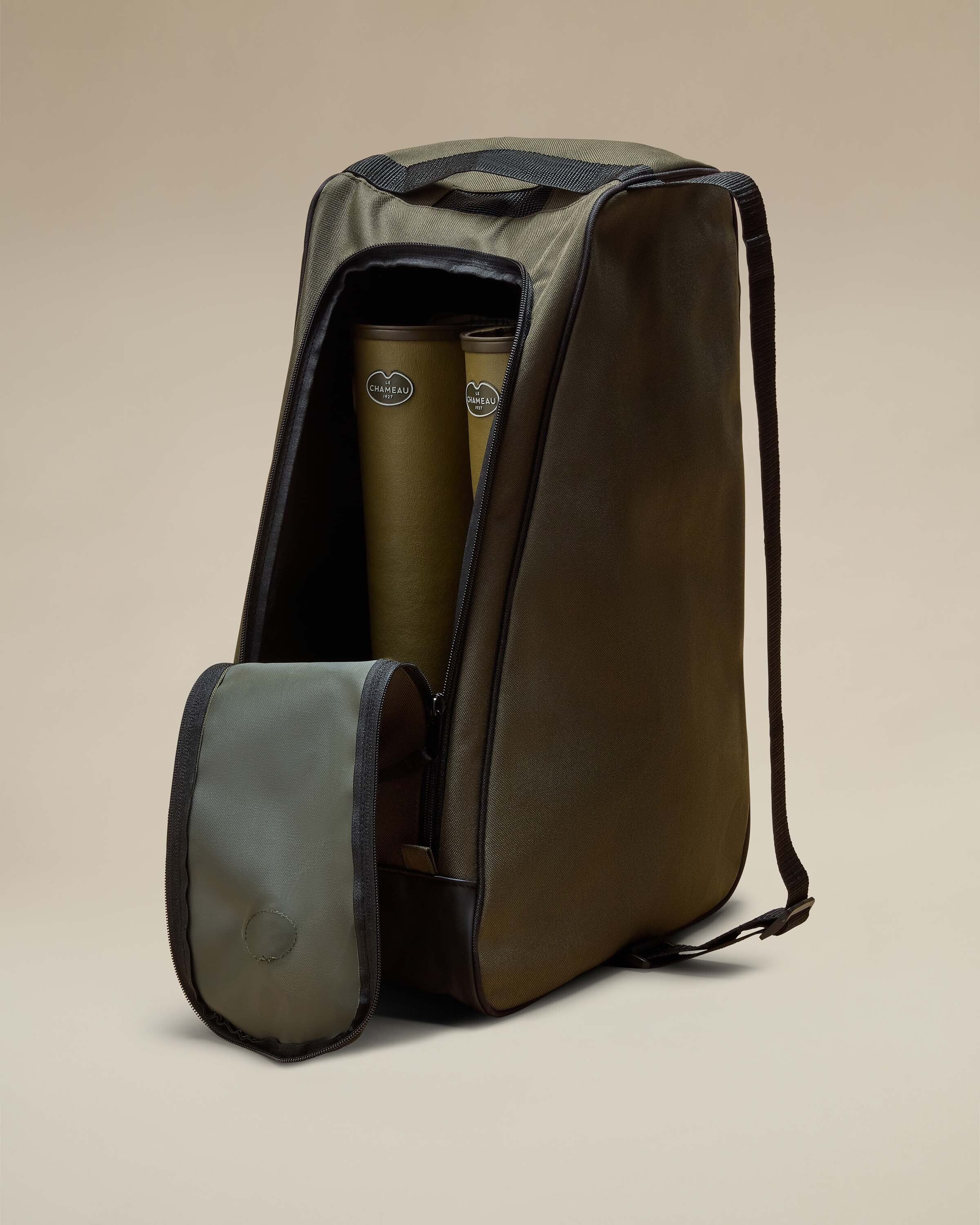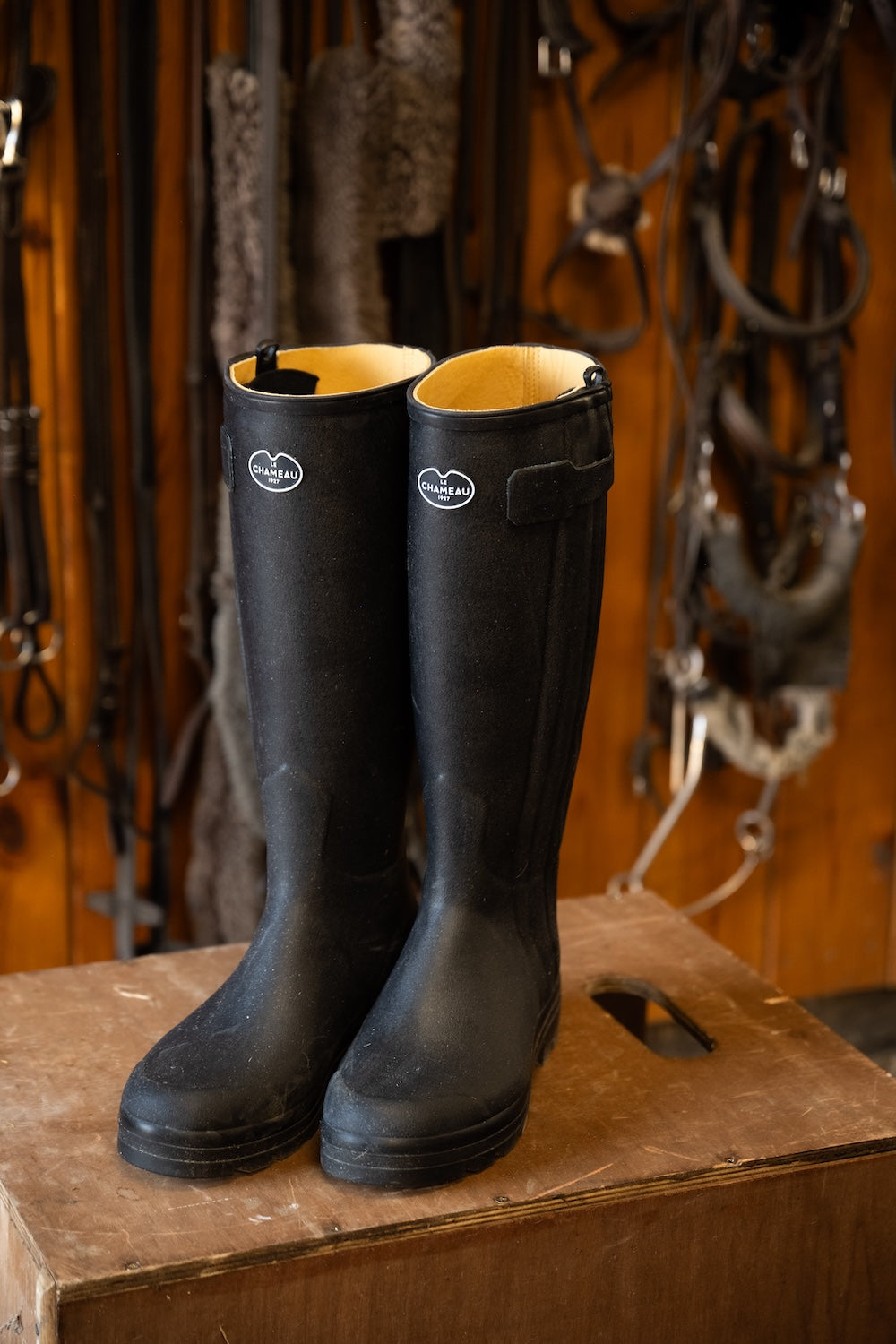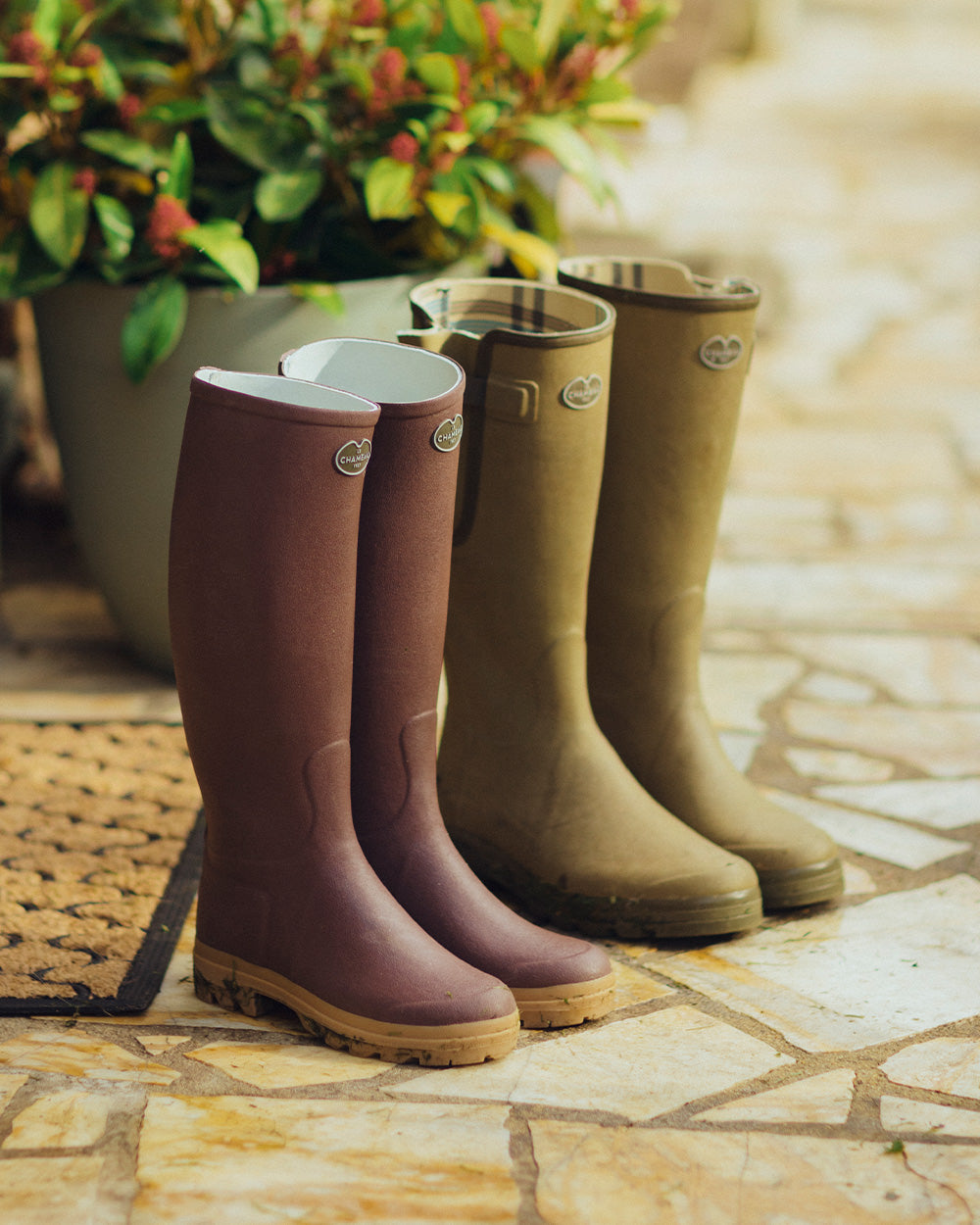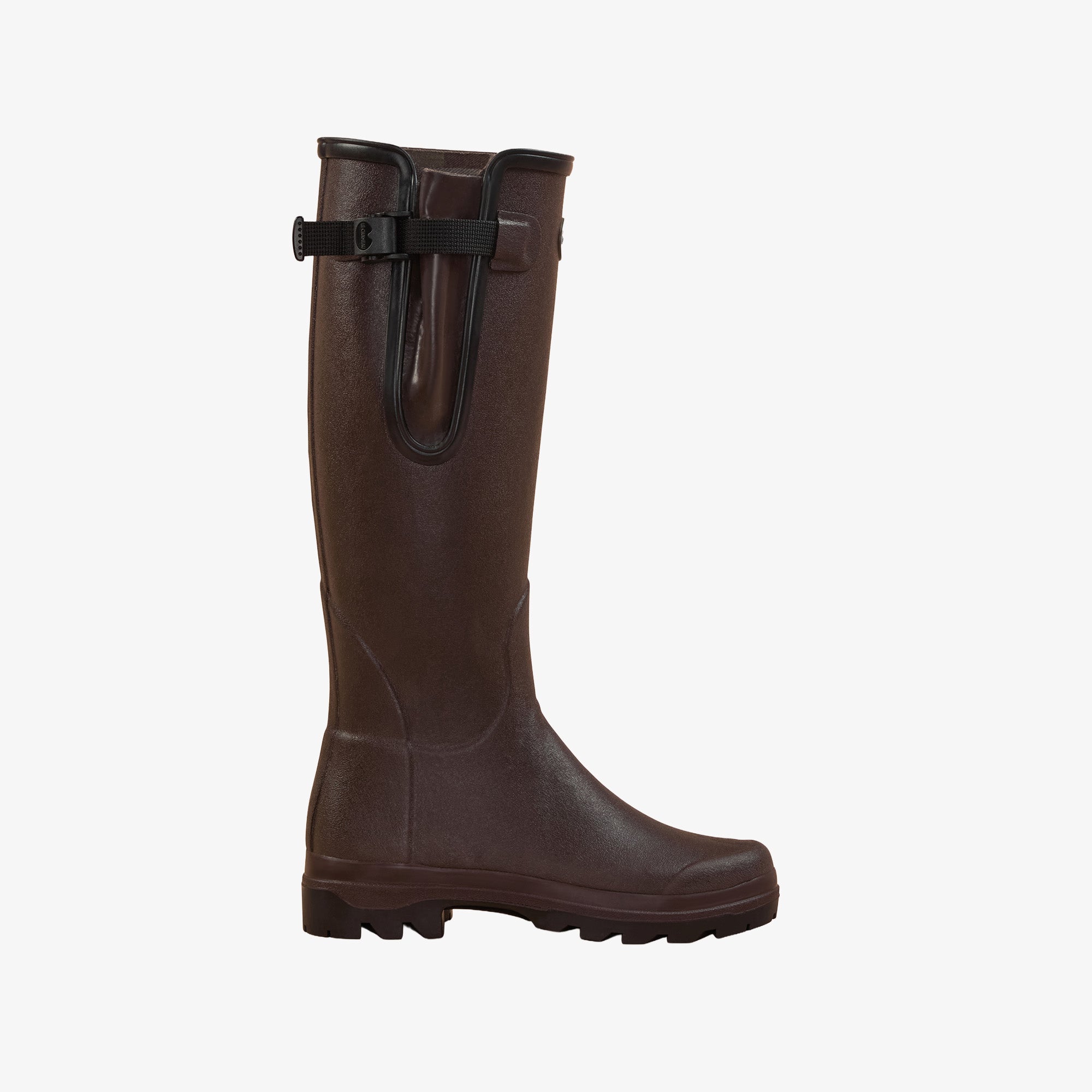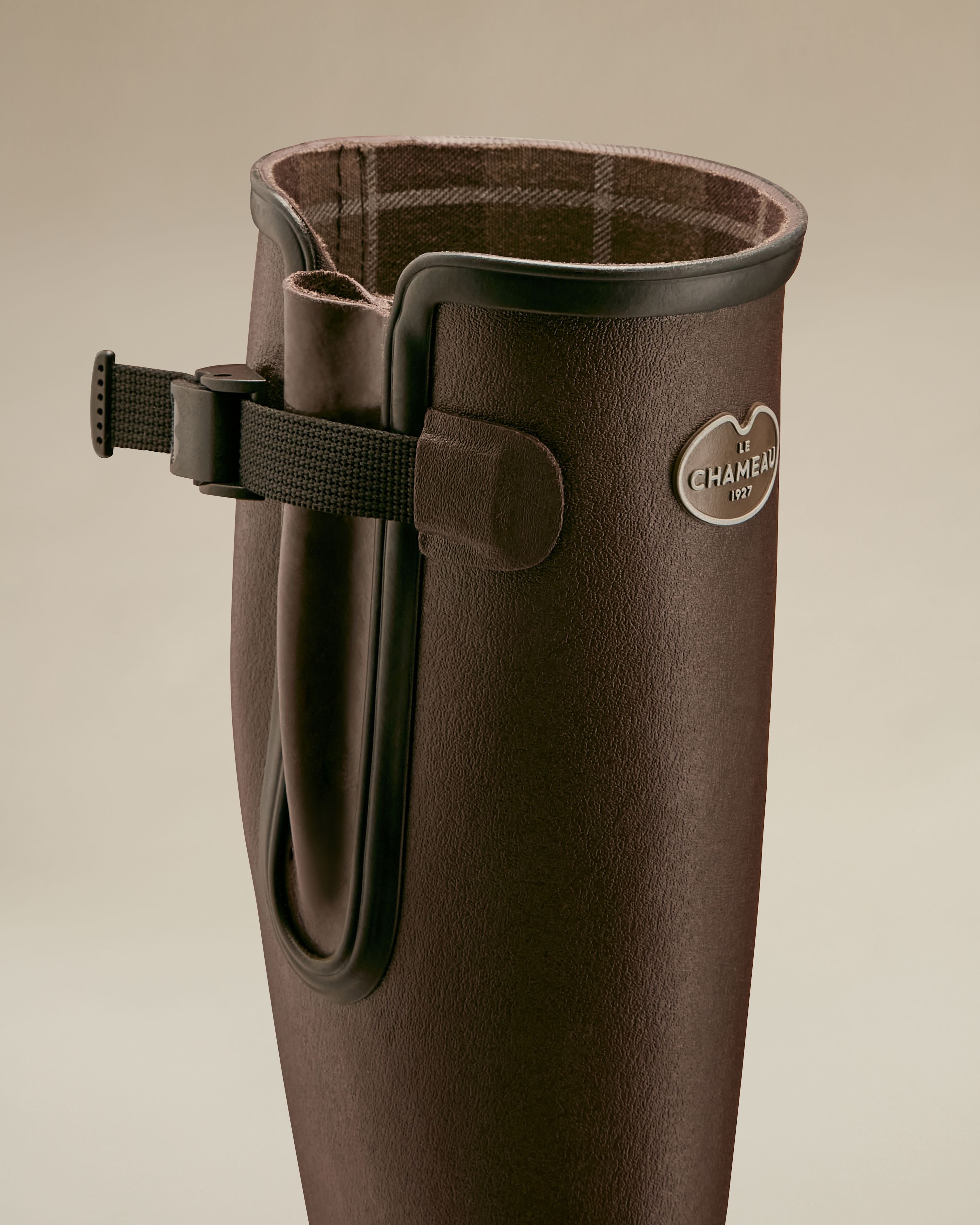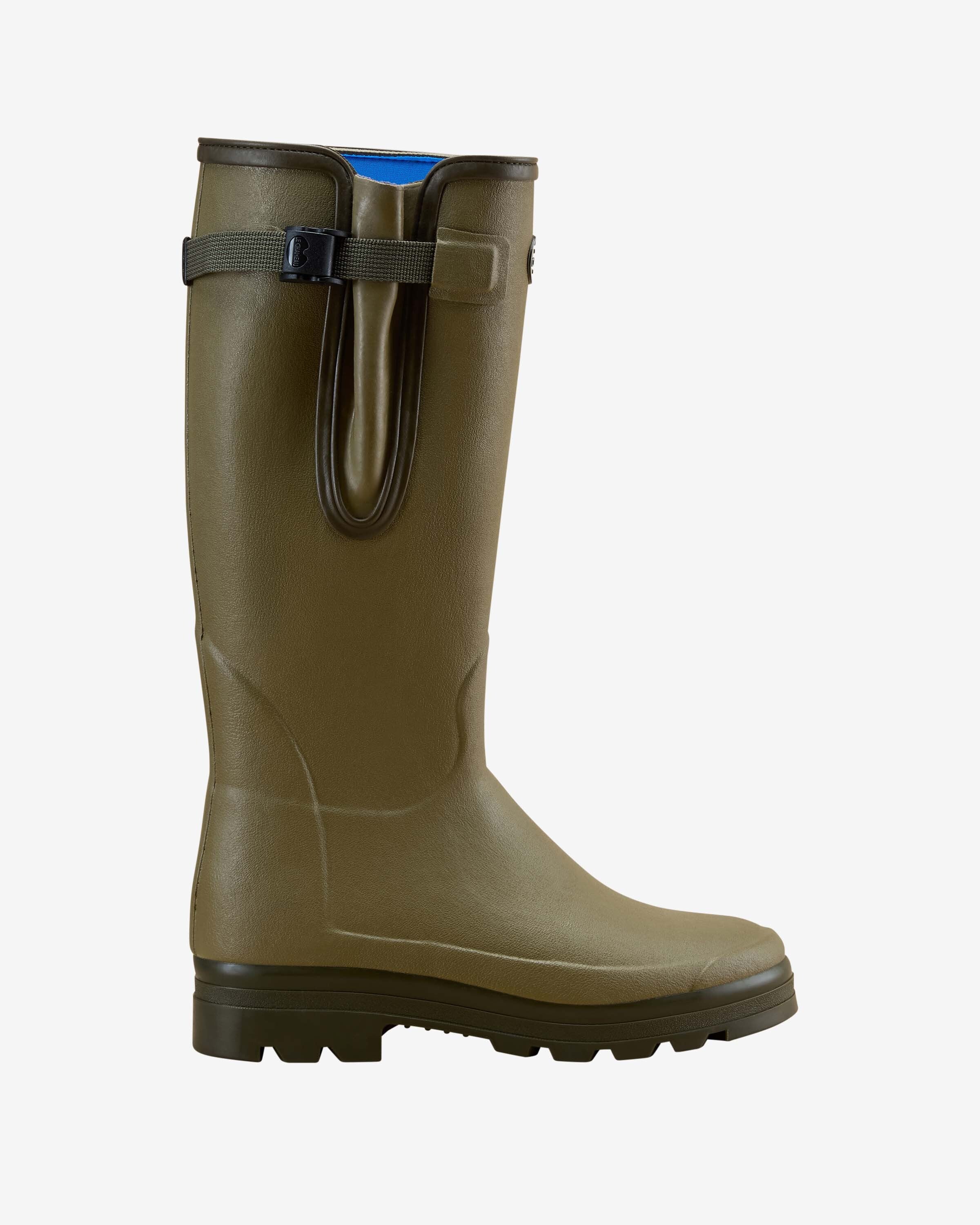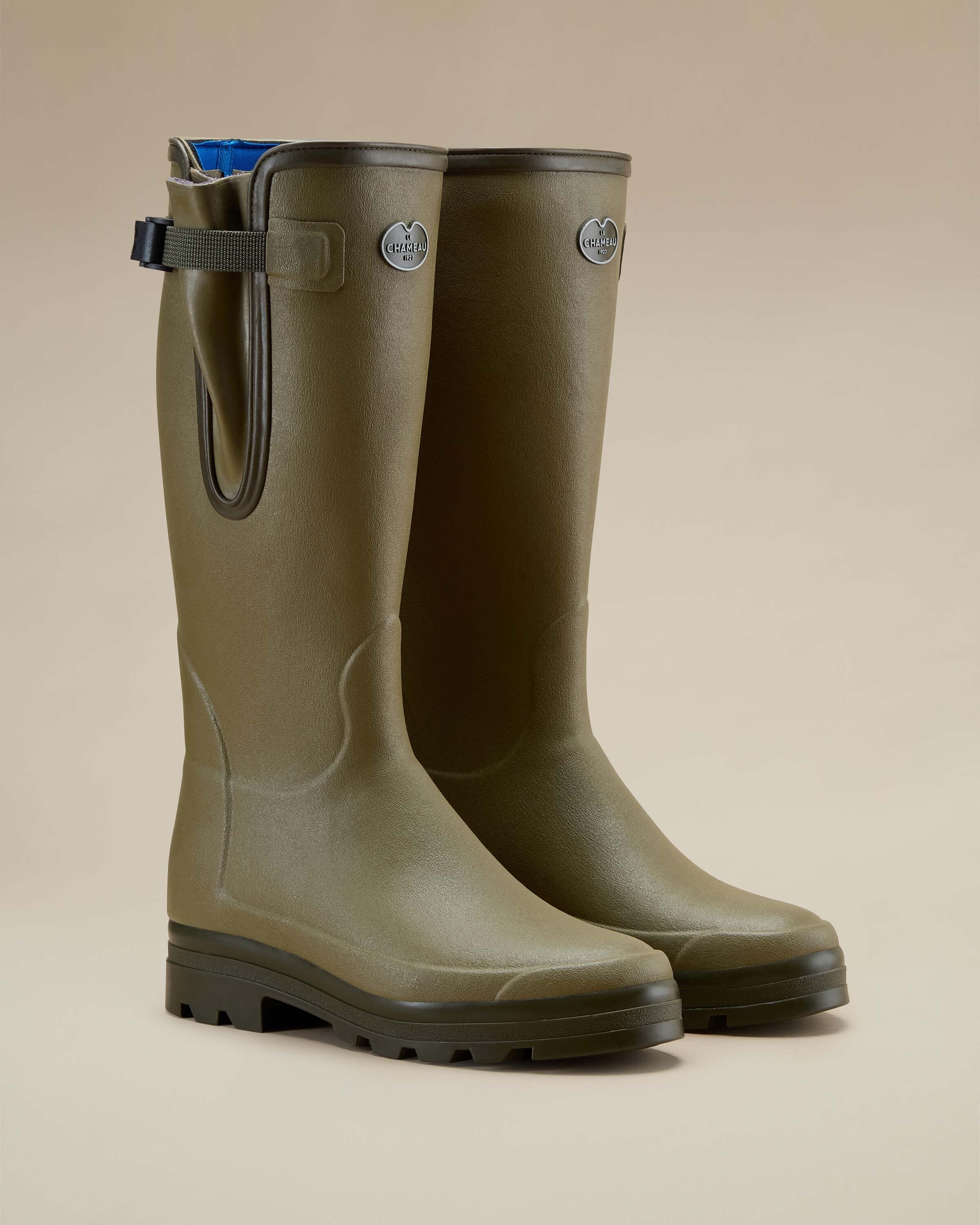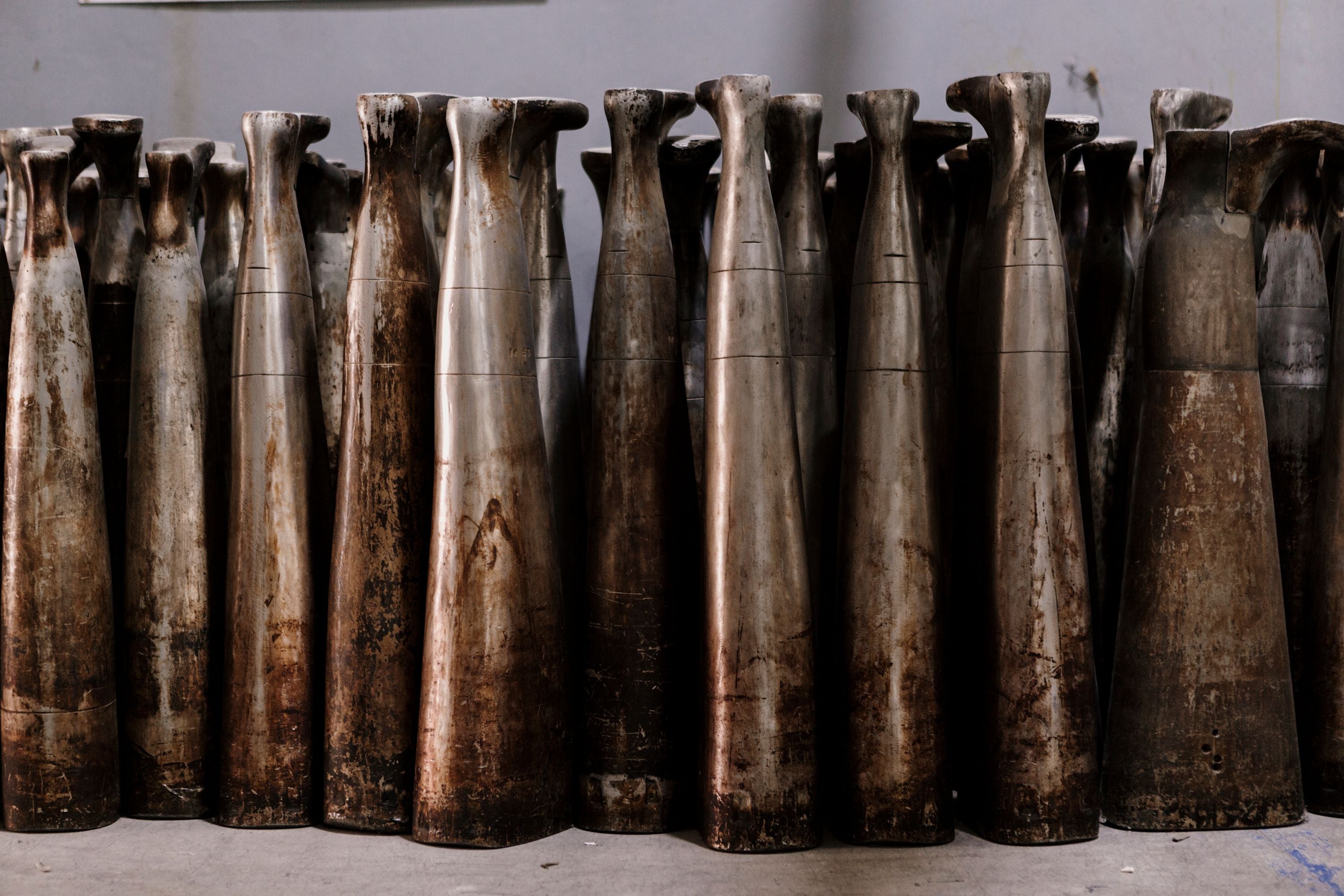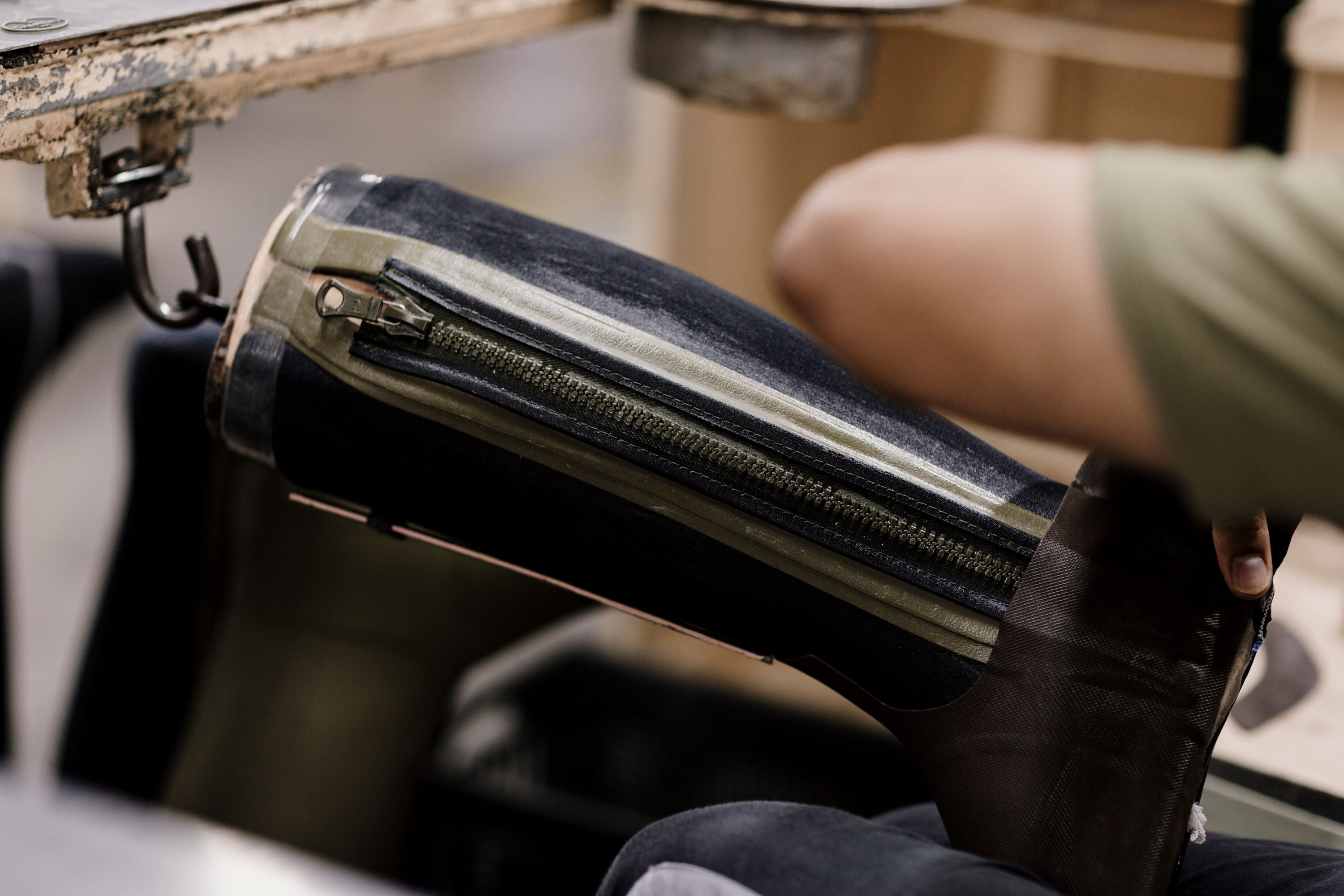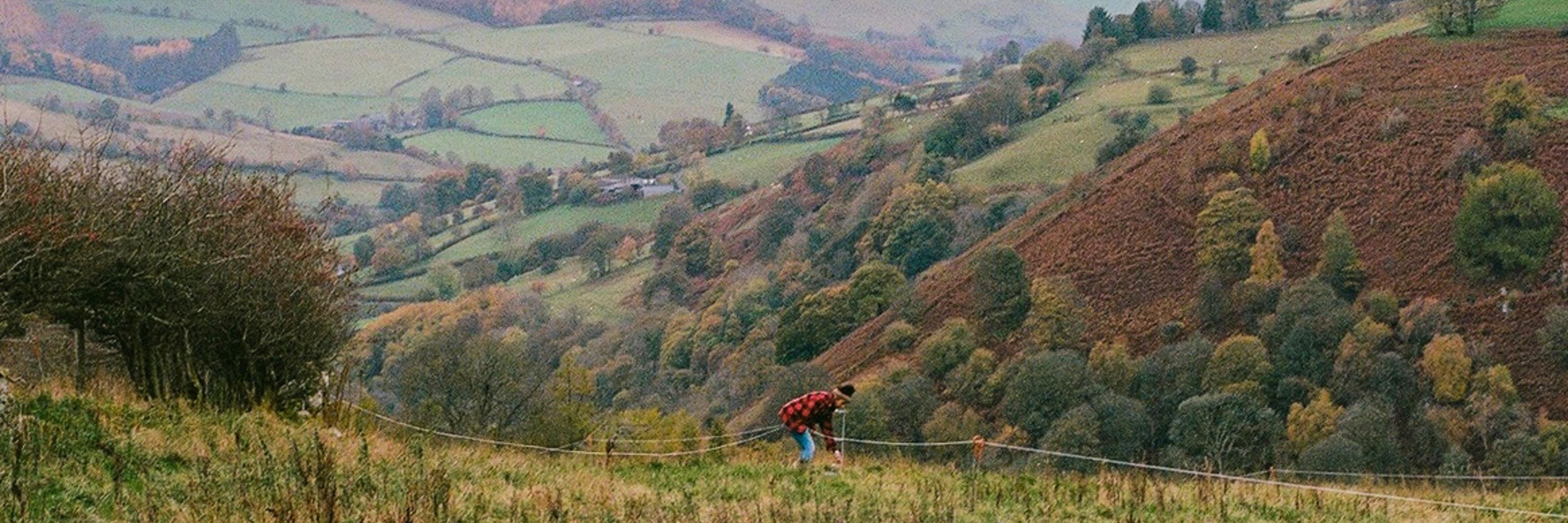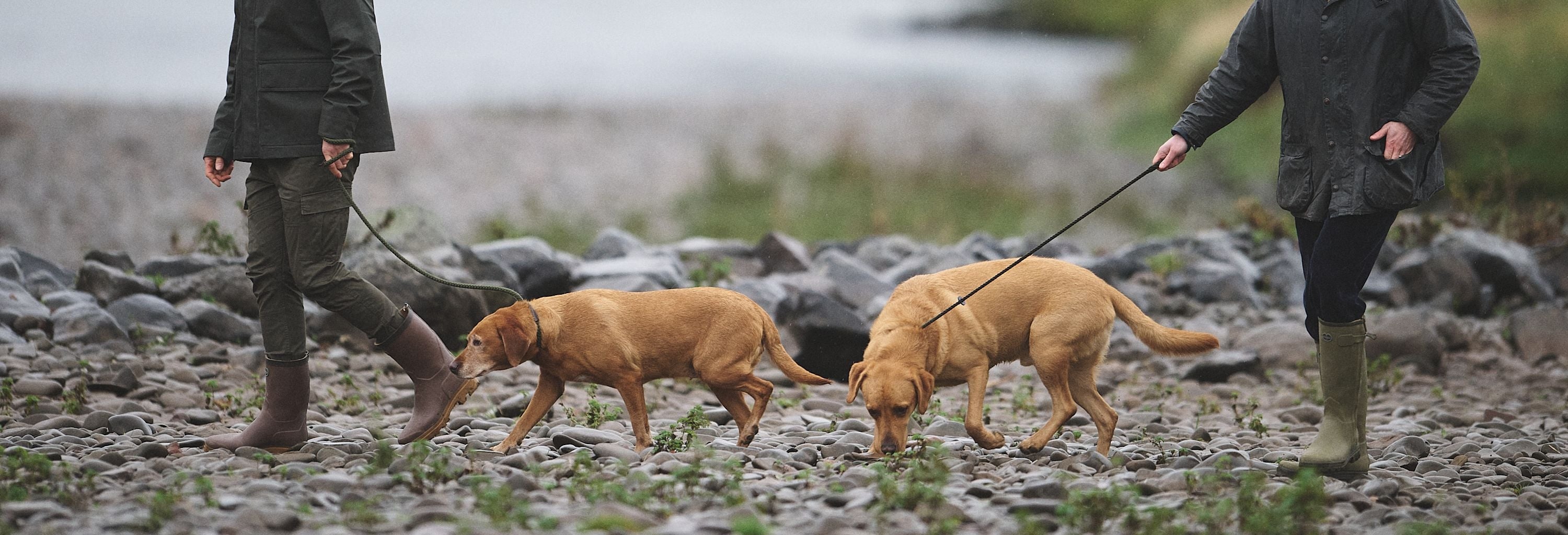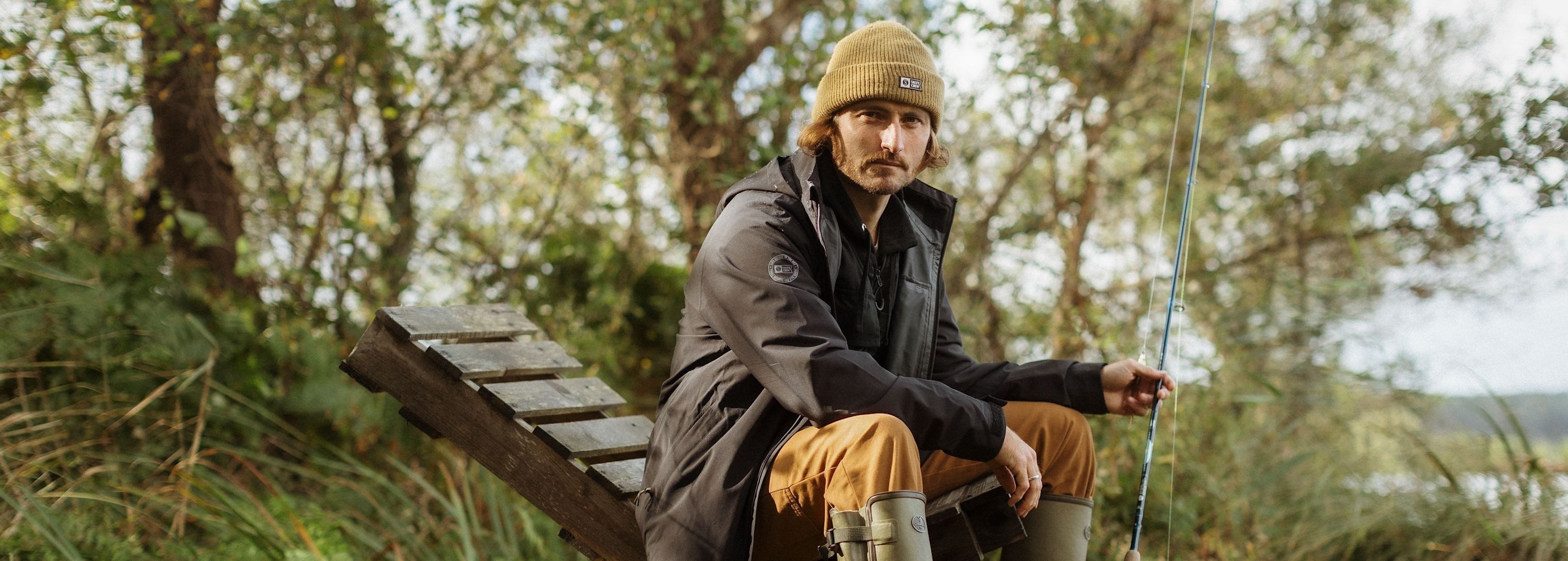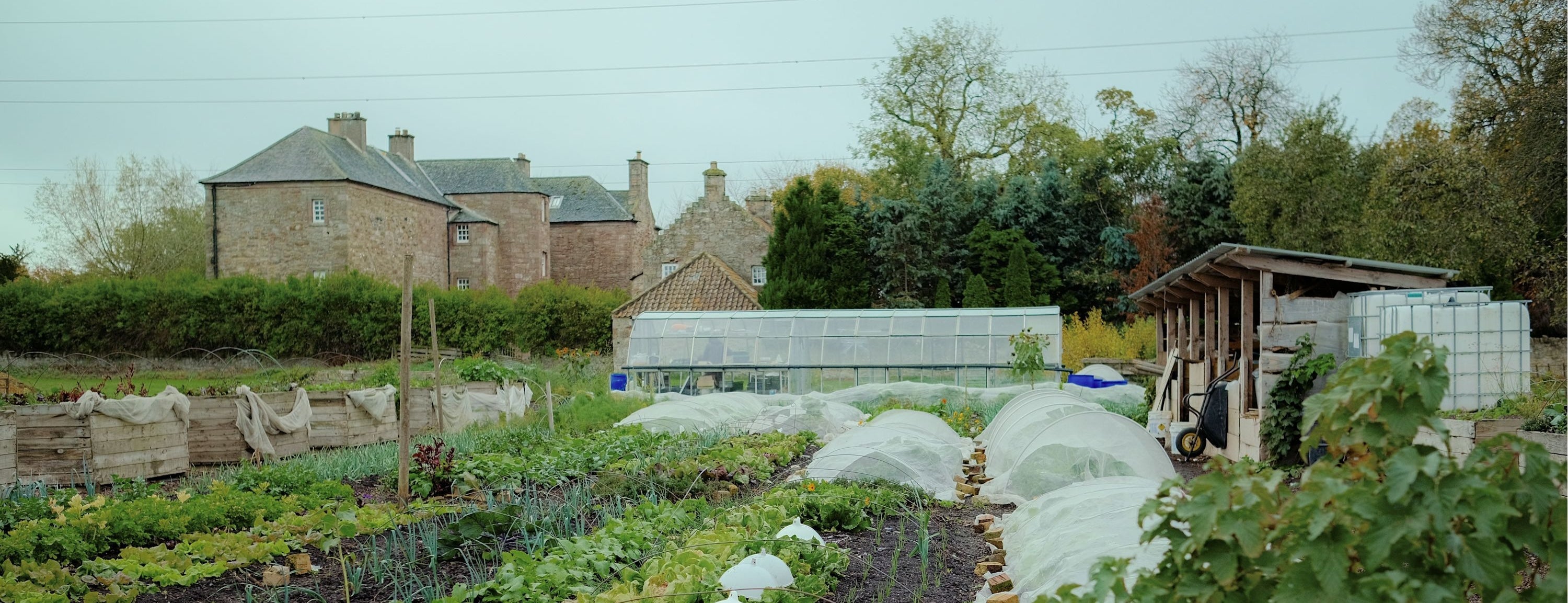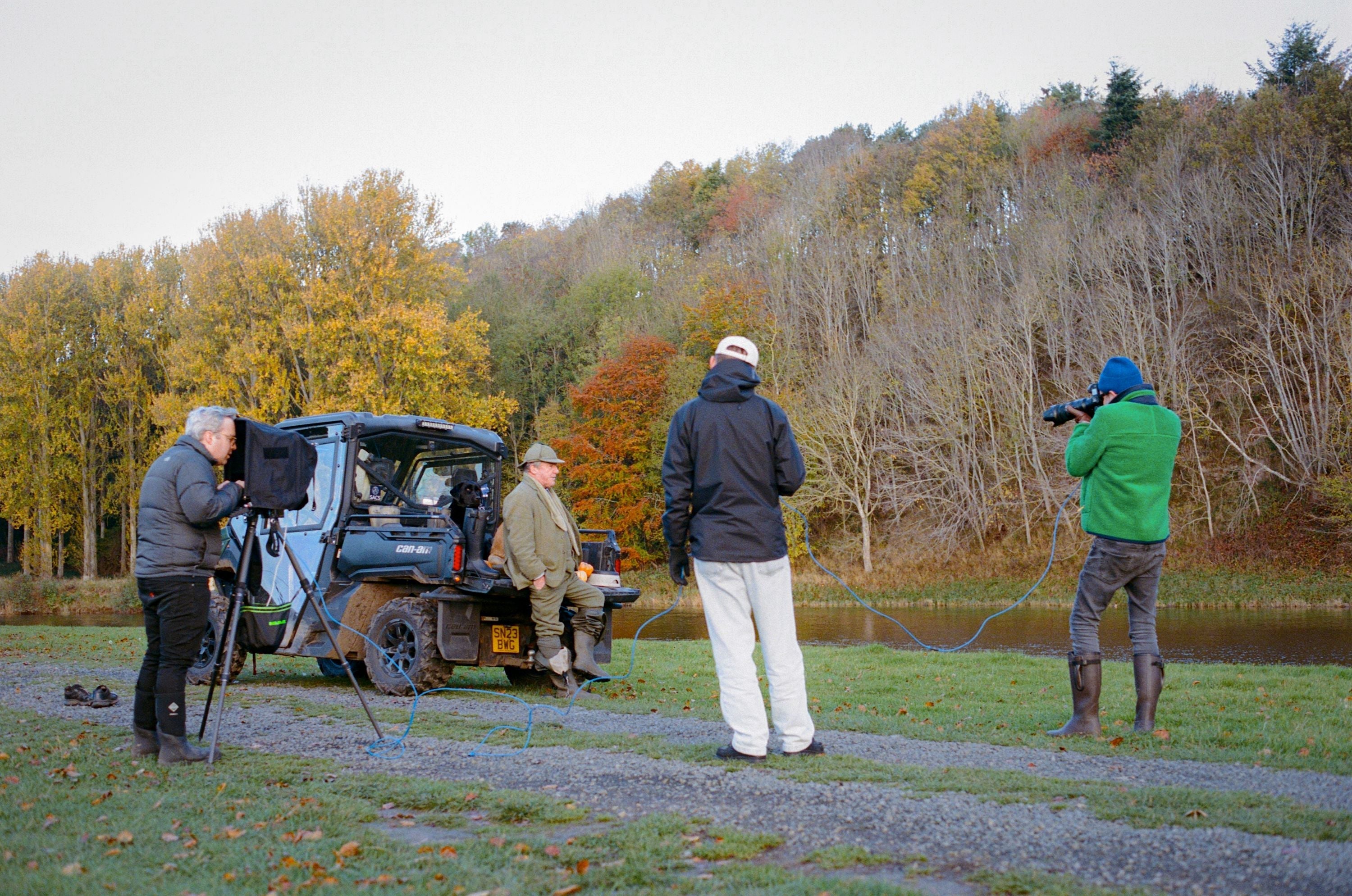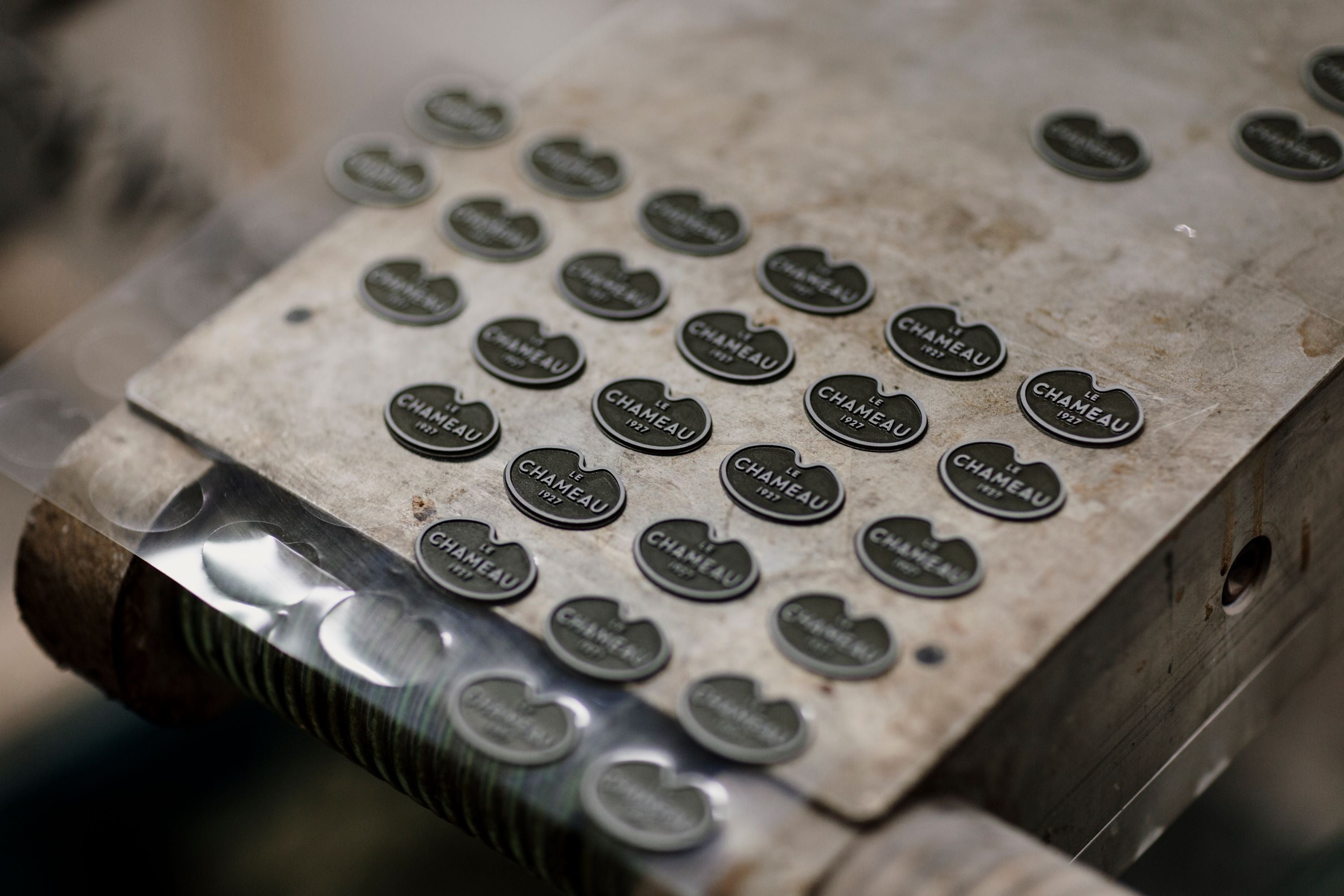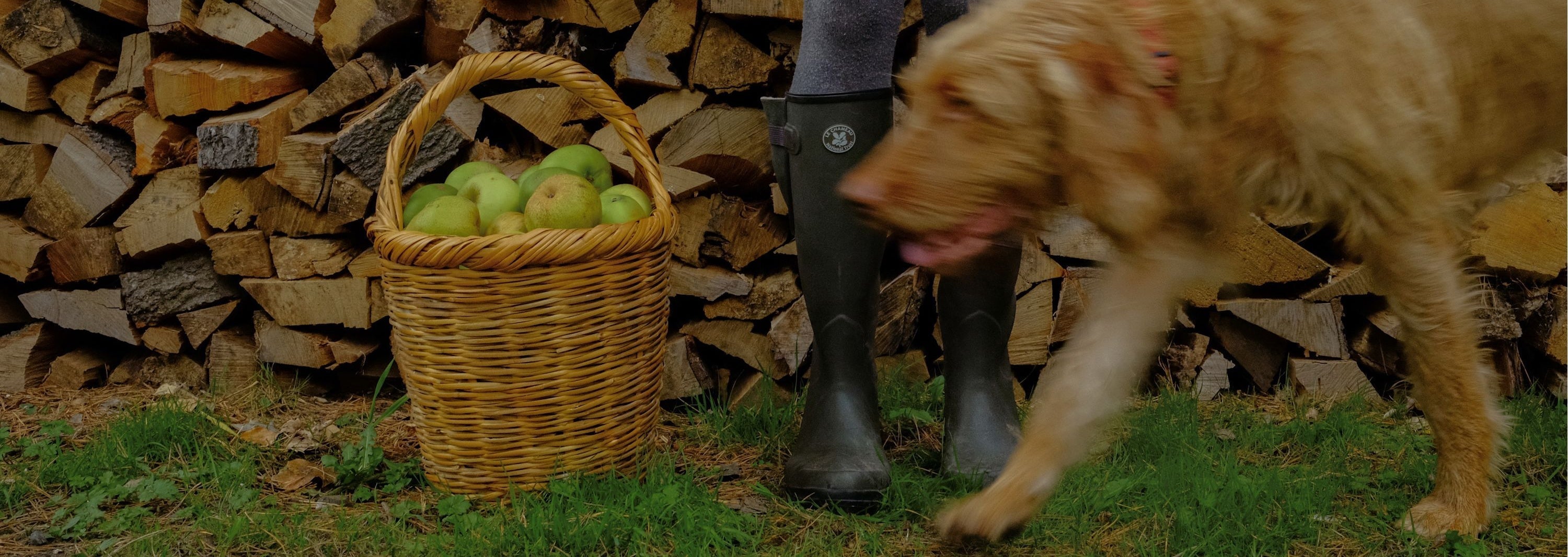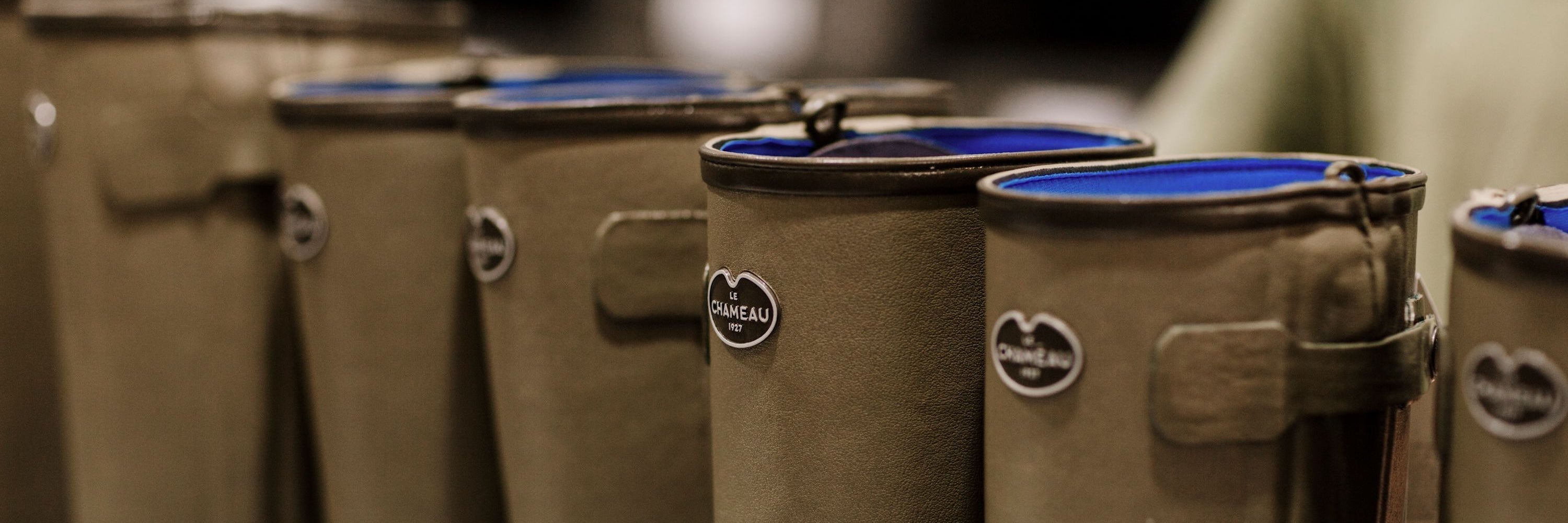
Wellington Boots, Rain Boots, and Gumboots: What’s the Difference?
As we head into that time of year again - cue the crisp blustery winds, sheets of unrelenting rain and sharp drop in temperature - it’s our master crafted boots that we turn to endure nature’s turn and its elements. But when it comes to Wellington boots, rain boots or gumboots what is the difference?
We’ve got you covered, because by the end of this article, you’ll know your Wellingtons from your rain and gumboots, as we delve into the fascinating world of heritage, craftsmanship and global terminology, when it comes to knowing about your boots.
Wellington Boots: History and Inspiration
To understand the origins of the Wellington boot, we need to go back to the turn of the 18th Century and to the ‘Hessian boot’. This boot, affectionately named after German mercenaries who fought for the British in the American War of Independence, was a tall boot made of soft leather worn by officers in the British Army. However, it was the British soldier and leading political figure in the 19th century, Arthur Wellesley, who, in 1817, asked his shoemaker in London to modify the Hessian boot by removing the tassel and cutting the soft calfskin leather lower to the knee. As Wellesley was also more commonly known as the Duke of Wellington, this alteration was hence called Wellington’s boot.
Subsequently, this style alteration erupted the popularity of the boot, what was now called the ‘Wellington boot’, was transformed from a military staple to a must-have fashion item across the nation and beyond, particularly for the aristocracy; British gentlemen keen to follow in the stylish and war-decorated footsteps of Wellesley himself. If you see Wellesley in contemporary paintings of the time, you’ll see him proudly wearing his iconic Wellington boots.
Getting to Know Gumboots and Wellies
It’s the mid-19th Century: location, Edinburgh. During this time, the Scottish capital was known as the 'Athens of the North' due to its financial and legal advances. It was at this time that saw the first developments of Wellington boots made in the UK not of leather but of gum rubber (natural rubber). Only after the process of vulcanized rubber was established and used in France, was it embraced in Scotland, specifically when the North British Rubber Company was founded in Edinburgh in 1856. Hence why the term ‘gumboots’ came into our vocabulary. These new boots, using gum rubber sourced from plantations mainly in Southeast Asia, were revolutionary. In 1916, the British Army commissioned millions of pairs to be made for their soldiers to prevent ‘trench foot’ during the First World War.
It was known that many soldiers took their pair of rubber boots back after both World Wars to use at home and in the countryside for practical use. Over the following decades, when the industrialisation of the boot continued, the name for this style of rubber boot was eventually and affectionately shortened from ‘Wellington boots’ to ‘wellies’ as they became a household name.
In many countries the term ‘gumboot’ simply means a black rubber boot. In the late 20th Century in New Zealand, the term was popularised further by comedian John Clarke on the programme Country Calendar where his comic persona and farmer, Fred Dagg, satirised the country’s rural affairs, focusing specifically on the town of Taihape, calling it the ‘Gumboot Capital of the World’. The town has since taken this legacy and hosts festivals with gumboot-themed events every year.
Rain Boots vs Rubber Boots
The term ‘rain boots’ is said to be an American-English term introduced in the mid-20th Century, reputed to be only worn in wet weather rather than everyday or every weather use. In comparison to rain boots, and even rubber boots, the term ‘Wellington boots’ is far less commonly used throughout the United States. ‘Rain boots’ in North America echoes the wider trend of referring to products based on functionality rather than the ode to historical references such as with the more UK-based term ‘Wellington boots’.
Master Bootmakers: Le Chameau
Le Chameau Wellington boots are the only rubber boots handmade by a single master bootmaker, each pair is unique. Crafted from the finest materials, Le Chameau Maître Bottiers have been making iconic styles by hand for over 90 years.
Since 1927, we have prided ourselves on being innovators. From being the first master bootmakers to use a zipper on a rubber boot, to developing our own LCX technologies, we have not stopped developing methods, processes and technology that sets us apart from others.
Our heritage is steeped in innovation and technology and so is our future. Every pair of Le Chameau boots are crafted by one Mastre Bottier (Master Bootmaker). In order to become a Mastre Bottier it takes a total of 2 years before they are fully qualified. The Mastre Bottier carefully stretches the rubber pieces over the aluminium boot last, gradually forming the famous Le Chameau shape. Once the shape has been created, it’s time to add the trims and small details that give the Le Chameau boot its premium quality.
Our boots are manufactured in a wide range of high-quality materials such as leather, rubber, Jersey, wool, and Neoprene. To understand more about Neoprene technology, read our guide here.
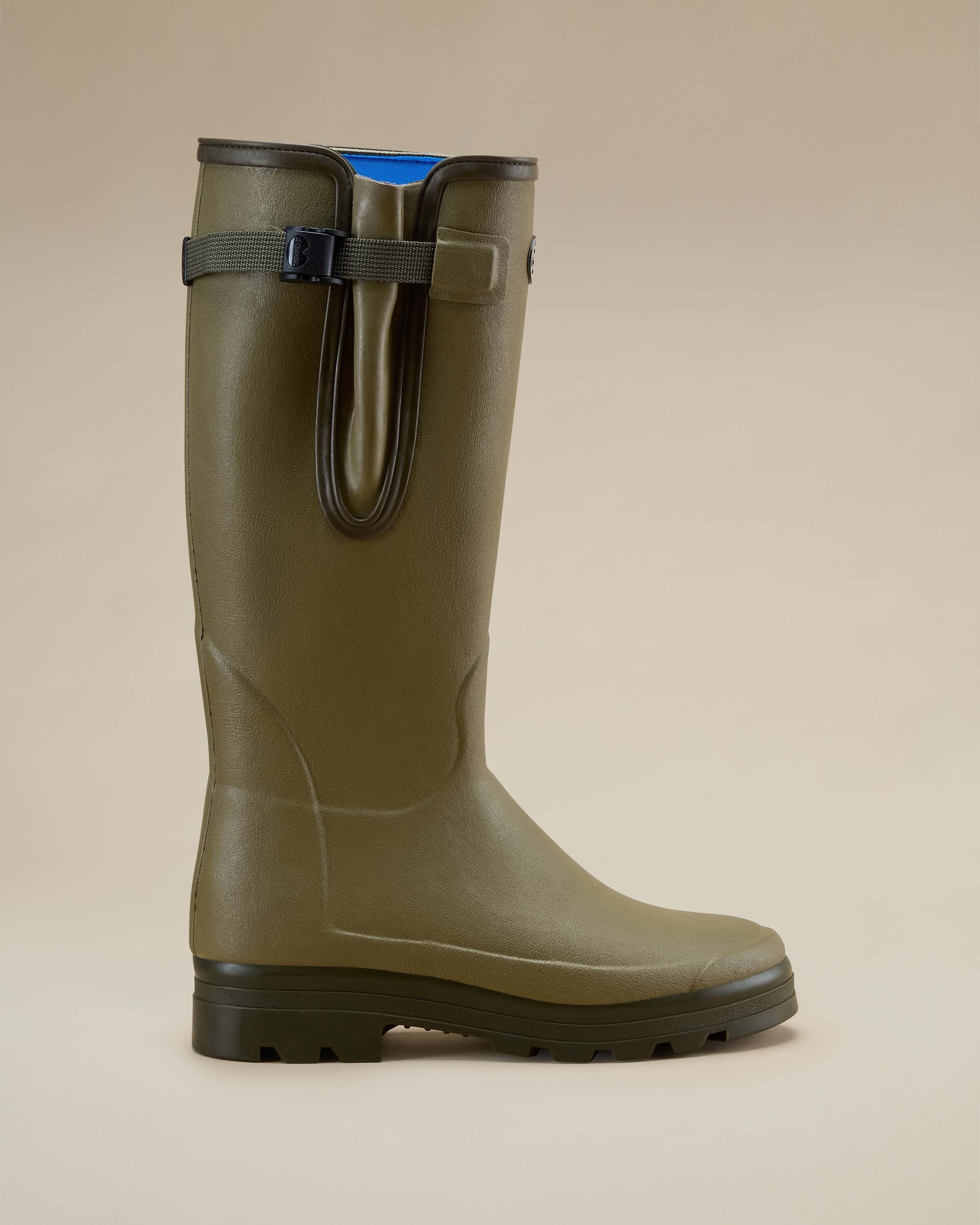
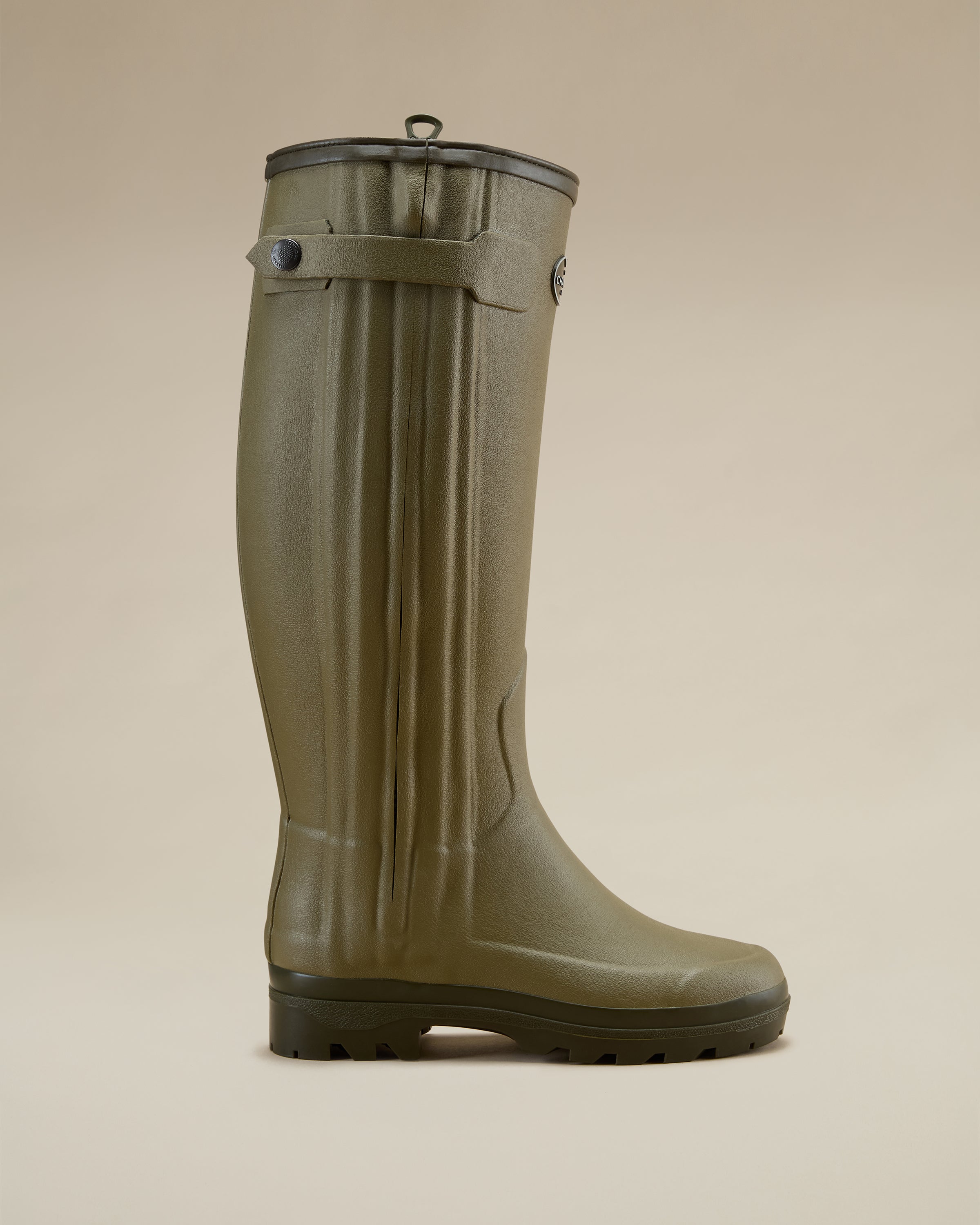
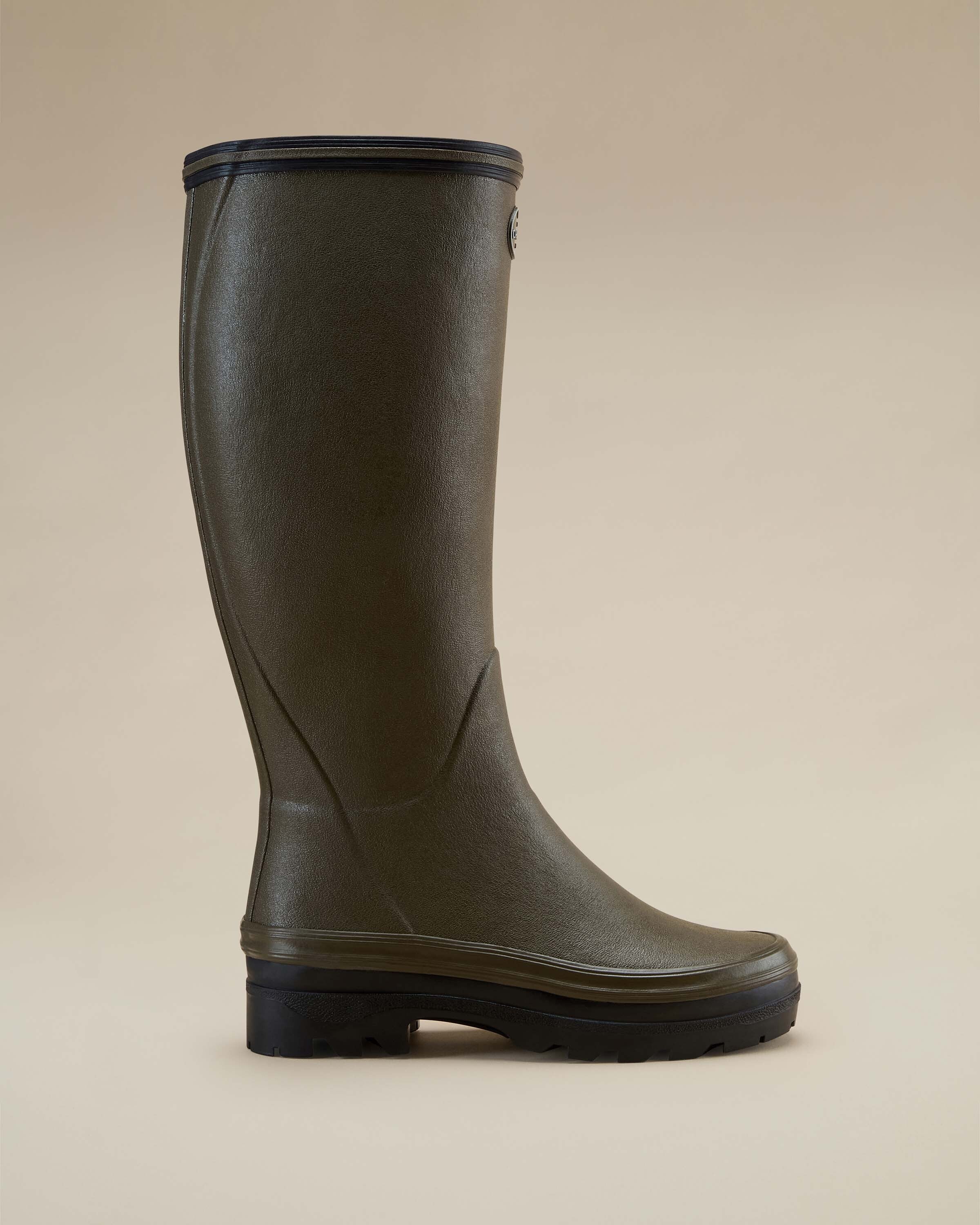
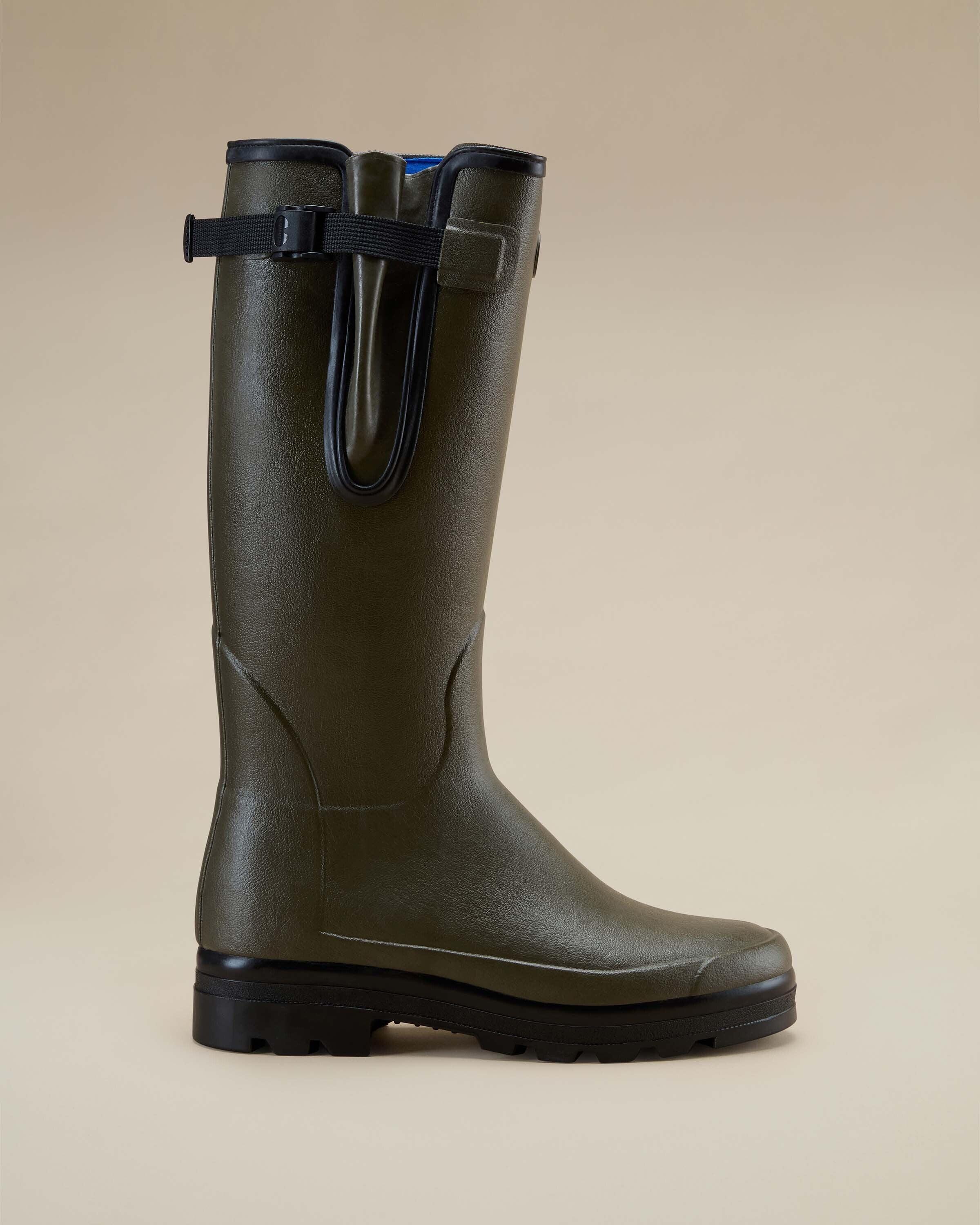
Find Your Feet in Le Chameau
If you’re spending lots of time outside in the field, our Chasseur and Vierzonord boots are unequalled. The Chasseur has become the flagship of our range, including 8 different calf fittings, reinforcement and a waterproof Riri Aquazip,. As comfortable in all weathers as they are on your feet, the Vierzonord is an iconic member of the Le Chameau range due to its adjustable waterproof gusset, dual-density grip sole and an XL option. Both of these come in our highly sought-after neoprene lining.
Our fashionable women’s Wellington boots, such as the Giverny, feature the most breathable and lightweight materials so you don’t have to sacrifice comfort for expertise during warmer weather. Cut specifically for women and made for walking in style and comfort, the Giverny comes in two different heights, the traditional tall Wellington boot, and the chic, low Bottillon. Now you can purchase a boot with classic Le Chameau elements, such as our renowned Chamolux rubber and signature poly-cotton jersey, but in seven beautiful colours.
Wellington Boots: Timeless and Universal
Whether you call them Wellington boots, rain boots or gumboots - 'gummistiefel' in German and ‘bottes de pluie’ or ‘bottes en caoutchouc’ in French - this style of boot has been adopted and is loved worldwide. Nowadays worn by all, from gardens and farmers to those with a keen eye for fashion and everyone in the middle.
We know exactly how this iconic style of boot has become a mainstay in many households and workplaces, which is why over nearly 100 years Le Chameau have been expertly crafting boots to master a wide-range of needs that call for their own specific style and design.
As promised, now you know the difference between Wellington boots, rain boots and gumboots, their heritage and craftsmanship. Here at Le Chameau, in the UK specifically, our admiration and reverence for heritage and craftsmanship lends itself to calling this style ‘Wellington boots’ and for shorter style boots, ‘Wellies’ - of course, a colloquial term for Wellington boots.
If it’s practical use you need living and working in the outdoors or you simply want to maximise fun at a festival, explore our iconic range of Le Chameau Wellington boots; the authentic heritage boot.
Regional Terminology of Rubber Boots
So, wherever you are in the world, this iconic style of rubber boots has many different names. In short, in the UK, they are called ‘Wellington boots’ after the war hero Arthur Wellesley, also known as the Duke of Wellington. In France, they are called ‘bottes de pluie’ or ‘bottes en caoutchouc’, and in Germany, they are called 'gummistiefel'. In the United States, these boots are known as ‘rain boots’, and in New Zealand, they are called ‘gumboots’.
